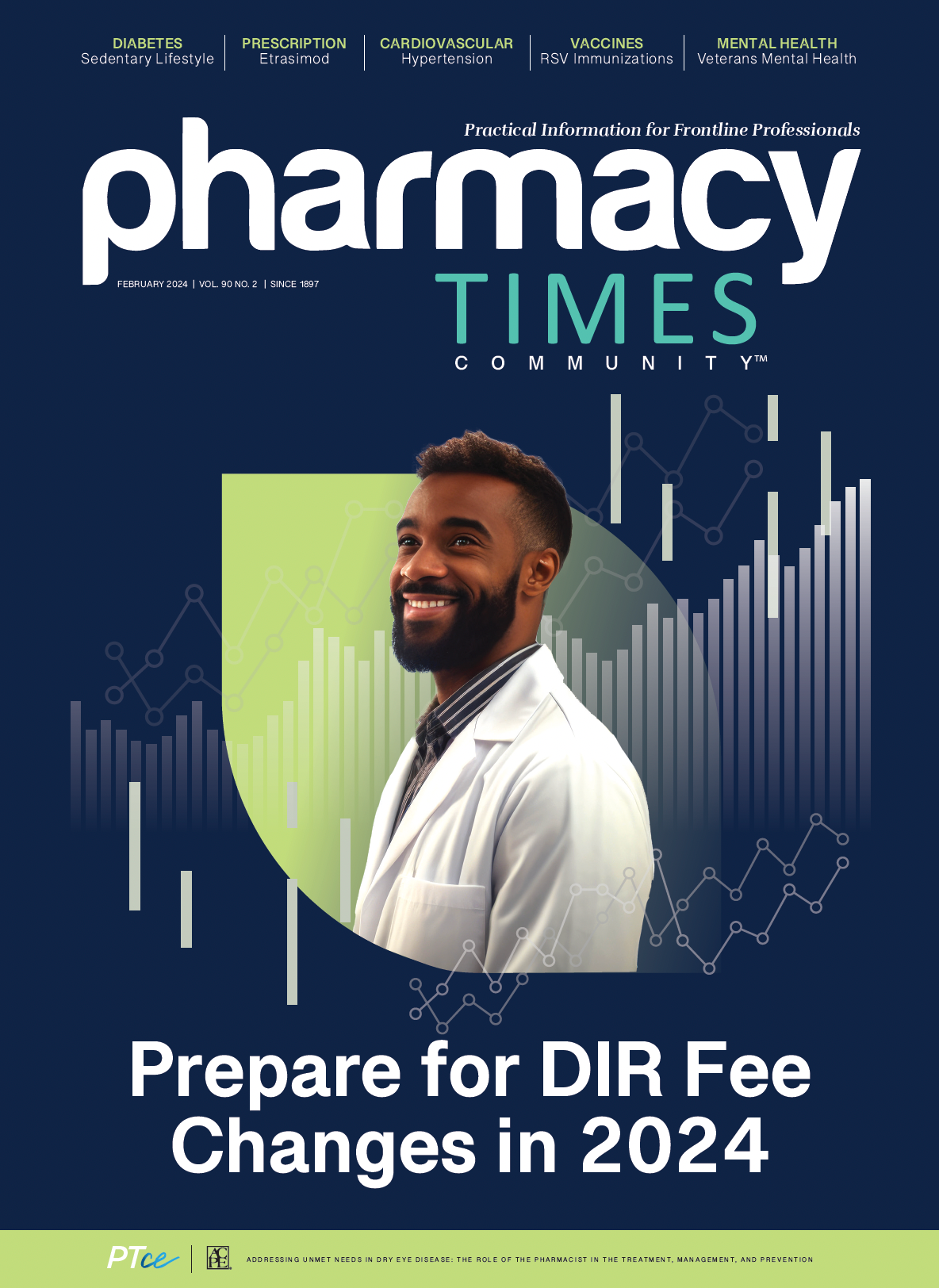In 2018, 6796 veterans died by suicide, averaging nearly 19 veterans per day. In 2020, suicide was the 13th-leading cause of death among veterans overall, and the second-leading cause of death among veterans younger than 45 years.1 An example is CDR John Scott Hannon (Ret), in whose honor the Hannon Act was named. He enlisted in the US Navy at the age of 18 and completed 23 years of military service with multiple deployments. He was actively involved in many organizations for mental illness and was open about his mental wounds from his time in the service. The commander died from those invisible wounds despite his continuous support system.2
Veterans Affairs (VA) named suicide its top clinical priority from fiscal year 2018 to fiscal year 2024.3 Previous Congressional sessions considered several bills to help address veteran suicide and, although efforts had been made, Congress, VA, and other stakeholders felt as though minimal progress had been made in the reduction of veteran suicide rates.4
In 2020, the Hannon Act, also known as the Veterans Mental Health Care Improvement Act of 2019, was enacted by Congress and signed by then-President Donald J. Trump. The successful bipartisan legislation had been sponsored by Senator Jon Tester (D, Montana) and Senator Jerry Moran (R, Kansas). The Hannon Act, bearing more than 30 specific provisions, expands existing mental health services provided by the VA to facilitate the connection of more veterans with mental health support services. These broader services include improvements in the transition from military service to civilian life, complementary suicide prevention services, updates on clinical practice guidelines addressing patients at risk for suicide, a staffing improvement plan for mental health providers, expanded capabilities of the Women Veterans Call Center, and expansion of telehealth opportunities for veterans, especially for those in rural areas. In addition to expanding services, the Hannon Act also includes numerous processes for the continuous review of the effectiveness of these updates.5 The bill also emphasizes promoting research into specific mental health conditions that impact the veteran population, including posttraumatic stress disorder (PTSD) and addiction.5
The bill links VA resources with other federal and local agencies, including private entities, to help achieve the goal of preventing veteran suicide. Title II specifies that complementary health treatments include yoga, meditation, acupuncture, chiropractic care, equine therapy, other animal therapy, agricultural therapy, sports, art, and posttraumatic growth programs. Title VII addresses partnerships with nonfederal government entities to provide hyperbaric oxygen therapy to veterans and to study its use in patients with traumatic brain injuries and PTSD.
The Staff Sergeant Parker Gordon Fox Suicide Prevention Grant Program is embedded in section 201 of the Hannon Act. This grant program allows the VA to provide grants to eligible community partners to expand suicide prevention services to eligible individuals and their families. Organizations may apply for up to $750,000 and apply for renewal on a year-to-year basis. The first awards were issued in September 2022.1
From 2019 to 2020, adjusted suicide rates in the veteran population fell by 9.7%, whereas the rate for nonveteran US populations fell by 5.5%.1 Although these rates have declined, those within the veteran community still see access barriers despite this legislation and its myriad programmatic initiatives.
The Veterans Mental Health Care Improvement Act of 2019 shows promise in increasing accessibility of services to veterans, but new barriers continue to surface. This legislation aids and supports not just veterans and their families as they seek mental health treatment, but also service providers who will have a better understanding of the road map and available services for providing care to veterans.
About the Authors
Caitlin A. Ritsch is a PharmD candidate at the University of Kentucky College of Pharmacy in Lexington.
Joseph L. Fink III, BSPharm, JD, DSc (Hon), FAPhA, is professor emeritus of pharmacy law and policy and former Kentucky Pharmacists Association Professor of Leadership at the University of Kentucky College of Pharmacy in Lexington.
References
Maltezou HC, Theodoridou K, Ledda C, Rapisarda V, Theodoridou M. Vaccination of healthcare workers: is mandatory vaccination needed? Expert Rev Vaccines. 2019;18(1):5-13. doi:10.1080/14760584.2019.1552141
Jacobson v Massachusetts, 197 US 11 (1905).
Woolston G. Justices pass on nurses’ challenge to NJ vaccine mandate. LAW360. November 13, 2023. Accessed February 7, 2024. https://www.law360.com/articles/1765125/print?section=health
Field RI. Mandatory vaccination of health care workers: whose rights should come first? P T. 2009;34(11):615-618.
Van Hooste WLC, Bekaert M. To be or not to be vaccinated? the ethical aspects of influenza vaccination among healthcare workers. Int J Environ Res Public Health. 2019;16(20):3981. doi:10.3390/ijerph16203981
Frisina PG, Ingraffia ST, Brown TR, Munene EN, Pletcher JR, Kolligian J. Increasing influenza immunization rates among healthcare providers in an ambulatory-based, university healthcare setting. Int J Qual in Health Care. 2019;31(9):698-703. doi:10.1093/intqhc/mzy247
Gualano MR, Corradi A, Voglino G, et al. Healthcare workers’ (HCWs) attitudes towards mandatory influenza vaccination: a systematic review and meta-analysis. Vaccine. 2021;39(6):901-914. doi:10.1016/j.vaccine.2020.12.061
Le LM, Veettil SK, Donaldson D, et al. The impact of pharmacist involvement on immunization uptake and other outcomes: an updated systematic review and meta-analysis. J Am Pharm Assoc (2003). 2022;62(5):1499-1513.e16. doi:10.1016/j.japh.2022.06.008
Rémy V, Zöllner Y, Heckmann U. Vaccination: the cornerstone of an efficient healthcare system. J Mark Access Health Policy. 2015;3:10.3402/jmahp.v3.27041. doi:10.3402/jmahp.v3.27041







